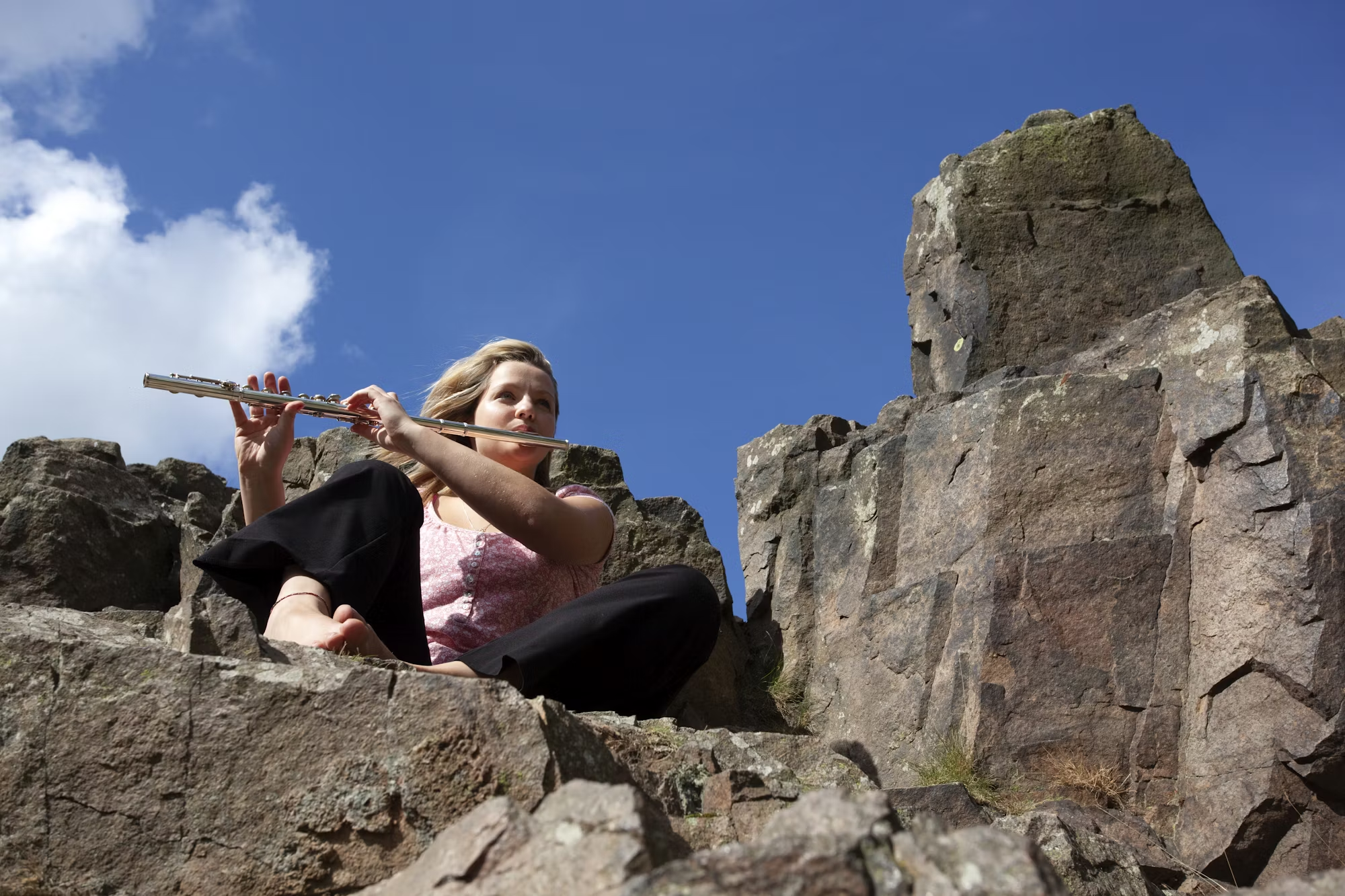The Art of Collaboration in Music: Creating Together
Collaboration in music is a powerful catalyst for creativity, allowing artists to blend their unique styles and perspectives into something greater than the sum of its parts. This article delves into the art of collaboration, examining how musicians, producers, and songwriters work together to create memorable pieces of art that resonate with audiences around the world. Through collaboration, the music industry continues to evolve, bringing fresh sounds and innovative ideas to life.
At its core, collaboration is about bringing together different talents and visions. Whether it’s a band working on a new album or a solo artist collaborating with a producer, the synergy created through teamwork can lead to groundbreaking results. For many musicians, collaborating with others offers an opportunity to learn and grow, pushing them to explore new creative avenues.
One of the most notable examples of successful collaboration is the relationship between songwriters and artists. In the realm of pop music, it is common for artists to work with a team of songwriters and producers to craft their sound. This collaborative approach allows artists to focus on their performance while relying on the expertise of others to help shape their music. Iconic songwriting duos, such as Elton John and Bernie Taupin, have demonstrated how collaboration can yield timeless hits that define generations.
In addition to traditional songwriting partnerships, collaboration often extends to genre-blending projects. The fusion of different musical styles has become increasingly popular, resulting in fresh sounds that challenge conventional boundaries. For instance, the collaboration between hip-hop and country music has gained traction in recent years, with artists like Lil Nas X and Billy Ray Cyrus exemplifying this innovative approach. By blending genres, these artists not only reach new audiences but also celebrate the diverse influences that shape their music.
The role of producers in the collaborative process cannot be overstated. Producers serve as the bridge between artists and their vision, guiding the creative direction of a project while enhancing the overall sound. Their expertise in arranging, mixing, and mastering allows them to help artists achieve their desired sound. Notable producers like Quincy Jones and Rick Rubin have left indelible marks on the music industry, transforming the careers of countless artists through their collaborative efforts.
Technology has also revolutionized the collaboration process in music. With the advent of digital recording and online platforms, artists can connect with one another regardless of geographic barriers. This global accessibility enables musicians from different parts of the world to collaborate seamlessly. Online tools like file-sharing platforms and virtual recording sessions have made it possible for artists to work together, even when they are thousands of miles apart. This shift has expanded the possibilities for creative collaboration, allowing for the exchange of ideas across cultures.
Moreover, collaboration in music often extends beyond the studio. Artists frequently collaborate with visual artists, filmmakers, and choreographers to create holistic experiences that engage multiple senses. The fusion of music with visual art has become increasingly prominent, with music videos and live performances incorporating striking visuals that enhance the storytelling aspect of songs. This multidimensional approach to collaboration enriches the audience’s experience, making music a more immersive art form.
Additionally, collaboration within bands presents its own set of challenges and rewards. Band dynamics can significantly influence the creative process, with each member bringing their own ideas and influences to the table. Successful bands, such as The Beatles and Fleetwood Mac, have navigated the complexities of collaboration, leading to some of the most iconic music in history. By embracing their differences and working through conflicts, these bands have created timeless albums that resonate with fans across generations.
Collaboration is also essential in live performances. Musicians often work together to create unique interpretations of their songs, experimenting with arrangements and improvisation. Jazz, in particular, thrives on collaboration, as musicians engage in spontaneous interactions during performances. The interplay between musicians can lead to exhilarating moments, showcasing the power of collaboration in real-time. This improvisational aspect highlights the importance of listening and responding to one another, creating an atmosphere of mutual creativity and respect.
Furthermore, the impact of collaboration extends to social and cultural realms. Music has the power to bring people together, transcending differences and fostering understanding. Collaborative projects that emphasize inclusivity and diversity can create a sense of community, uniting artists from various backgrounds. Initiatives like the Global Citizen Festival and collaborative albums featuring artists from different countries exemplify how music can serve as a platform for social change and awareness.
In conclusion, the art of collaboration in music is a dynamic and multifaceted process that enriches the creative landscape. By working together, artists, producers, and songwriters can create innovative sounds that resonate with audiences on a deeper level. As technology continues to evolve and genres blend, the potential for collaboration in music will only expand, offering exciting opportunities for artists to explore new creative frontiers. Embracing the spirit of collaboration is essential for the continued evolution of music, as it reflects the rich tapestry of human experience and creativity. Through collaboration, musicians can celebrate their diversity and forge connections that transcend borders, ultimately shaping the future of the music industry.
